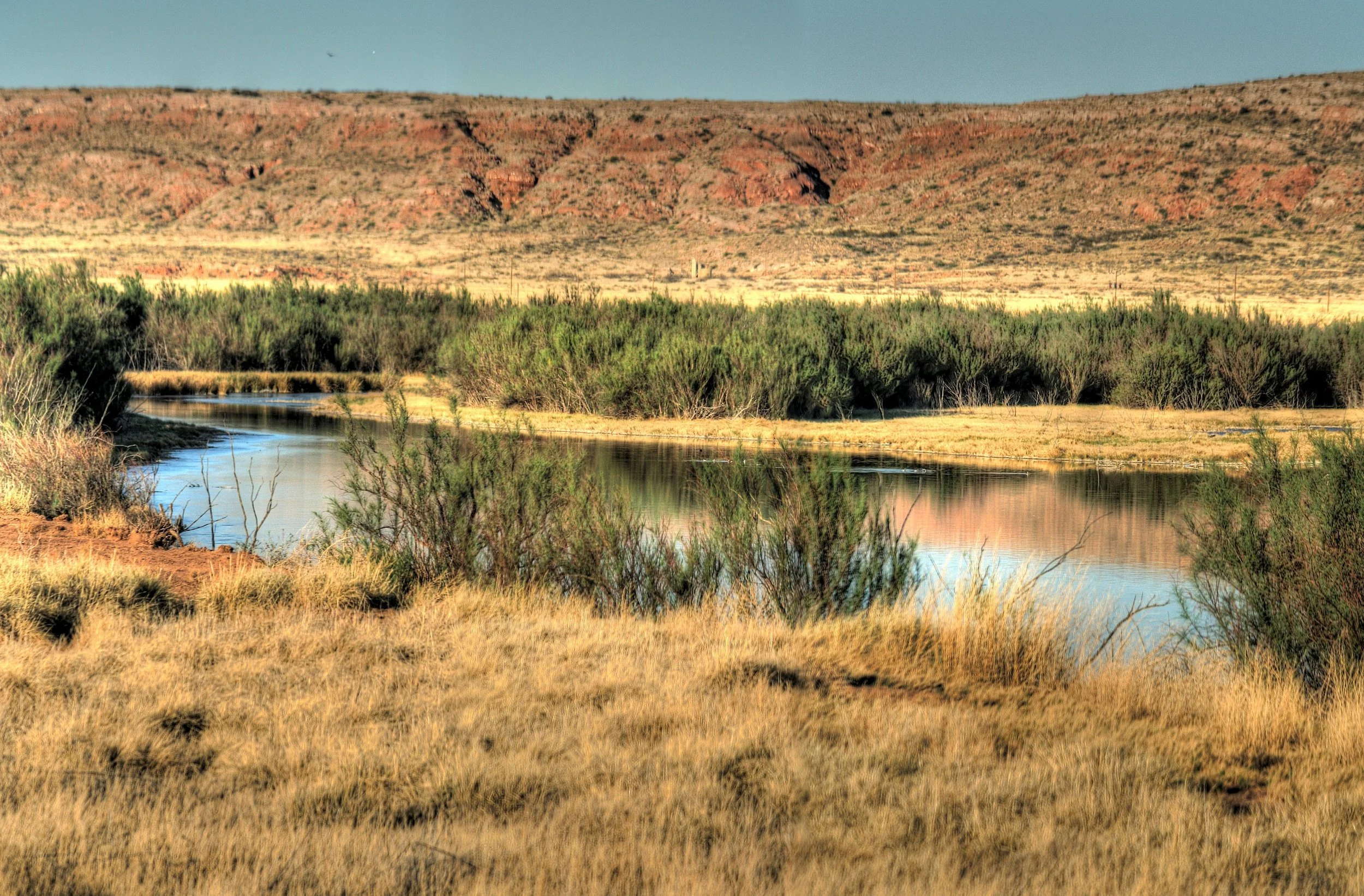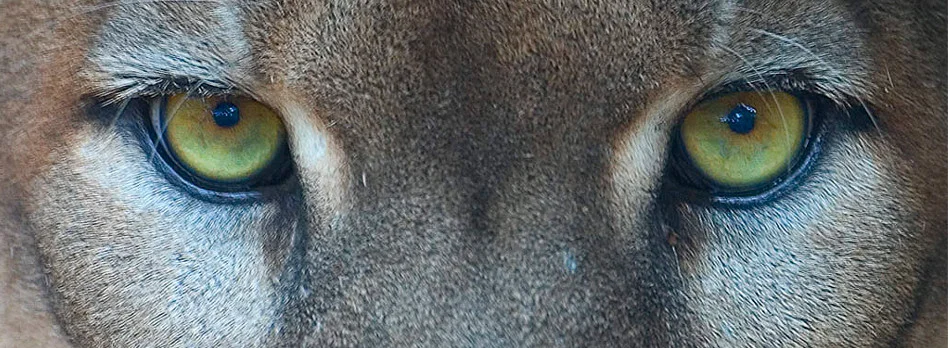The Florida Grasshopper Sparrow is the most endangered bird in the continental United States; it will almost certainly go extinct without herculean efforts to recover the population. Over the past few decades, the total number of these birds known to exist on the planet dwindled from in the thousands to a low of only a few dozen left in the wilds of south-central Florida just a few years ago.
However, there are signs of hope. In the last two years, the outlook has improved for this delicate little bird characteristic of Florida’s unique dry prairie landscapes. The U.S. Fish and Wildlife Service (USFWS), the Florida Fish and Wildlife Conservation Commission (FWC), White Oak plantation, and other partners have been working together over the last five years to increase population numbers for the Florida grasshopper sparrow through arduous habitat management, nest protection, and predator management in conjunction with intensive captive breeding.
The program has now successfully reared and released dozens of sparrows on several public and private conservation lands in south-central Florida. And it is working; the released birds are breeding and the population numbers in the wild are increasing.
All this work is happening within the boundary of the Everglades Headwaters National Wildlife Refuge (EHNWR). This essential refuge has an acquisition boundary that encompasses almost a million acres – an area that stretches from just south of Orlando down to Lake Okeechobee. It will eventually protect a combination of public and private lands of at least 150,000 acres that includes land that contains newly discovered populations of Florida grasshopper sparrow.
If successful, these efforts will ensure the future of Florida dry prairie and the ranchlands of the region, which will continue to provide the critical wildlife habitat, water conservation, wildlife corridors, and natural resource recreation benefits in this region of rich and unique biodiversity and cultural history.
The National Wildlife Refuge Association has worked closely with the University of Florida Center for Landscape Conservation Planning, the USFWS, Florida state agencies, and others to ensure that the best available science is used to guide conservation-based land protection resulting in the most strategic return on investment, including the identification and protection of the best remaining habitat of the Florida grasshopper sparrow.
Identifying properties that might contain habitat conditions that could support these birds is a challenging task that requires painstaking property analysis by experts in botany and avian ecology. To find these tiny sparrows in thousands of acres of wilderness requires laborious surveys performed by teams of avian ecologists who can discern the faintest note of their song and parse out the reproductive implications of any behaviors that they may observe.










